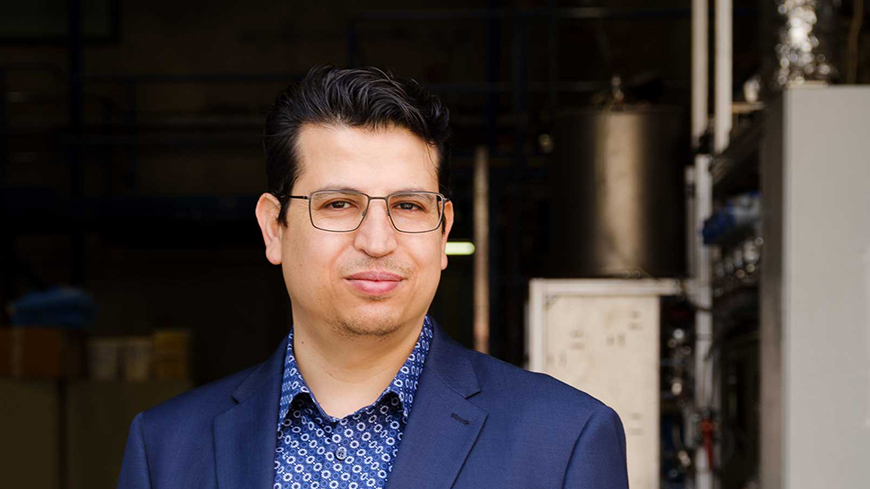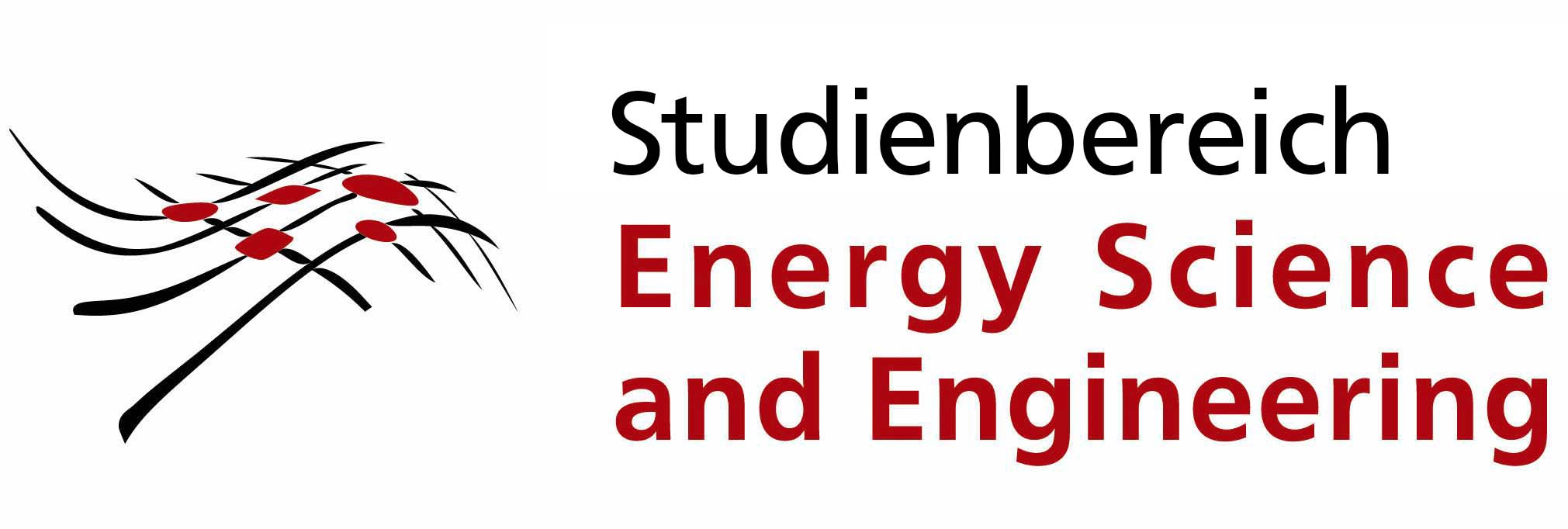Wind turbines: Retrofitting with osmosis pumped storage systems
Supported by the Pioneer Fund
2021/05/19 by Uta Neubauer
Wind turbines do not generate any electricity on calm days and sometimes have to be shut down on stormy days. A team headed by private lecturer Dr.-Ing. habil. Falah Alobaid is working on a solution that will ensure these turbines can reliably supply wind energy.

The researchers at the TU Institute for Energy Systems and Technology have designed a storage system for surplus wind energy that can be built into the towers of the wind turbines. “We use the height and empty space within the towers for this purpose. Retrofitting the solution into existing wind turbines is possible without any further impact on the landscape”, emphasises Alobaid. The innovation is based on osmosis, a natural process that is used, for example, by plant roots to absorb water. The osmosis process is supported in this case by pumped storage technology that is already established in the energy sector.
The osmosis storage system consists of one reservoir containing salt water and another one containing fresh water. They are separated by a membrane that is only permeable for water molecules. Surplus wind energy is firstly used to concentrate the salt water using reverse osmosis. The natural process of osmosis, which would seek to balance the concentrations in both reservoirs, is overcome using pressure during this stage. The energy stored in this way can be converted back into electricity when the pure water flows into the salt water reservoir due to osmosis. The pressure that is generated in the salt water reservoir as a result can be used to drive a turbine with a generator. To further improve the efficiency of the osmosis technology, the researchers at TU Darmstadt have combined it with pumped storage technology: The salt water concentrate and the fresh water are pumped to the top of the tower – also using surplus wind energy. The potential energy stored in this way supplements the osmosis process and thus increases the efficiency of the storage system.
The concept was developed during several bachelor degrees and a patent application has already been filed. “Our hybrid osmosis pumped energy storage system, which we call HOPES for short, is inexpensive and environmentally friendly. It doesn’t require any batteries or rare metals, just a membrane”, says Alobaid to summarise the benefits. Together with his colleagues, he now wants to use the funding from the Pioneer Fund to build a pilot plant that is about ten metres high.
The efficient storage of electrical energy is an extremely important part of the energy transition. In the area of energy research, our researchers in the “Energy & Environment“ research field are working on new technologies, processes and their transfer into practical applications. We are using the Pioneer Fund to promote the further development of osmosis pumped storage systems for wind turbines. These systems will be able to reduce the volatility of the wind energy yields in the future and thus contribute to a more stable supply of renewable energies. (Harald Holzer, Managing Director of the HIGHEST Startup and Innovation Center at TU Darmstadt)
Pioneer Fund
Research projects at TU Darmstadt receive a total of 600,000 euros of funding each year from the joint “Pioneer Fund” programme from TU Darmstadt and the ENTEGA NATURpur Institute. Besides this project in the field of energy technology another project in the field of medicine is due to start soon. Learn more in the full article “New therapeutic against arthritis and a new storage system for wind energy”.
The Pioneer Fund makes an important contribution to the transfer of scientific findings from the TU Darmstadt to industry and society. Together with its partner ENTEGA NATURpur, HIGHEST promotes innovations at a very early stage and thus increases the innovative capacity of the TU Darmstadt.

